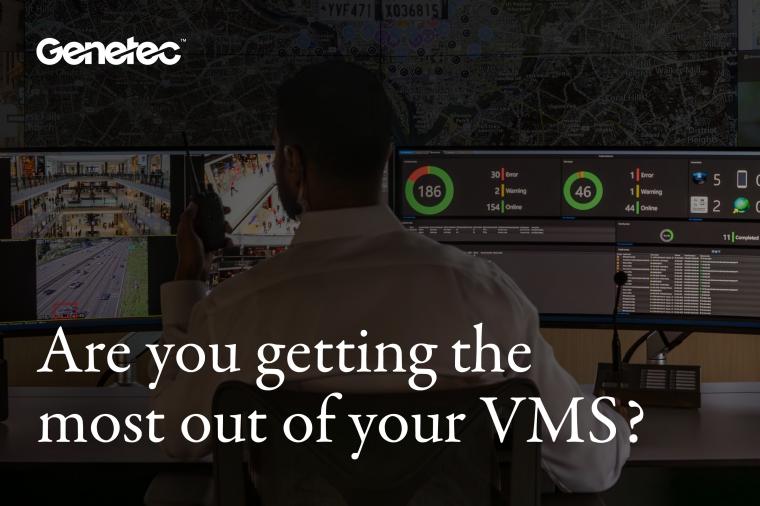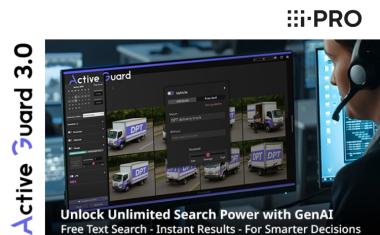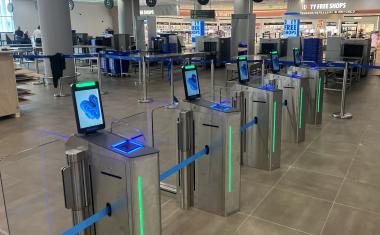How to Choose the Right Video Management System
An organization’s choice of video management system has far-reaching consequences for the protection of people and assets.
Choosing a video surveillance solution is more than just picking the cameras. When it comes to how to manage those cameras there’s a variety of options. From proprietary – and likely limited – onboard software to network-based enterprise VMS solutions. A VMS can offer a unified, comprehensive platform that includes video, access control, communications, alarms, analytics, and other emerging physical security technologies.
Open architecture is vital
One of the most important aspects of a futureproofed VMS is open architecture. Will your VMS “play well with others” or will it only communicate with products from its own manufacturer? A VMS must offer deep support for a wide range of industry-leading cameras, encoders, and CCTV equipment. Third-party cameras and their features should be able to be programmed directly from within the VMS. Make sure the VMS can configure a variety of important parameters, including: discovering the camera or encoder on an IP network; IP address; frame rate; resolution; motion detection (within the camera or server based); bit rate; key frame interval; audio inputs/outputs; firmware update; PTZ protocols; and the like. No one wants to have to toggle between software applications to perform simple commands that should all be available through one intuitive interface.
The Cloud’s the limit!
Choose a hybrid cloud architecture for your VMS that doesn’t needlessly limit your options by forcing a choice between all on-premises or all in the cloud. Nobody knows exactly how their requirements will evolve over the lifetime of their VMS. There’s no one size fits all so it pays to have the flexibility to assess this on a case-by-case basis, handling complex workloads wherever they make the most sense to be deployed.
Cloud solutions can reduce investment in IT infrastructure and help a security department become more agile. A Cloud-based video surveillance system can be deployed in “record time” since no servers or software downloads are needed. There’s also no IT involvement for ongoing maintenance or updates. Plus, off-site Cloud archives provide great flexibility when considering storage capacity. Hybrid Cloud/on premises VMS solutions are great for multi-site deployments, remote sites, or even temporary surveillance needs.
A hybrid solution can also address an organization’s need for a longer retention period by storing longer-term video and data archives in the Cloud, while storing short-term archives on local servers. Or enhance video storage redundancy by providing backup in the event local hardware fails. For businesses that anticipate an expansion, a hybrid system enables additional sites to be added along with growth without having to invest in additional hardware at the central location.
Beyond Video
Video surveillance is a very important aspect of physical security. But it’s just one part of a comprehensive solution. Access control, ALPR, and intrusion are just some of the other key components that need to be managed. This can be difficult when multiple, complicated systems need to run side by side. Instead the focus should be on selecting a VMS that is part of a unified platform.
True unification isn’t just integration. It is building systems from the ground up and providing one common interface through which to manage all aspects of security operations. A unified platform maximizes usage of the infrastructure, makes upgrades seamless, and presents a unified view of security operations that improves efficiency and situational awareness and responsiveness. Plus, training on just one solution is easier, as is obtaining technical support.
As you can see, there’s a lot to consider when choosing a video management system.
As technology continues to rapidly evolve it’s important to be able to capitalize on future advancements. Choosing the right VMS will protect your investment and maximize the future possibilities.
















